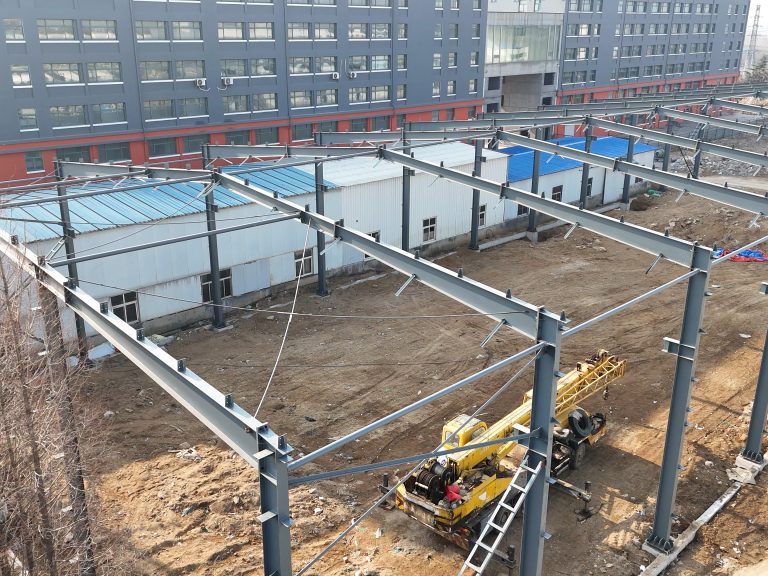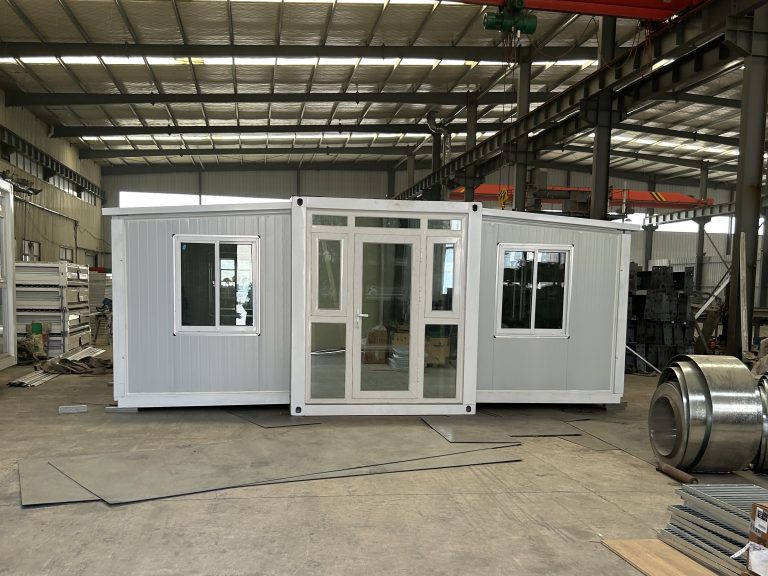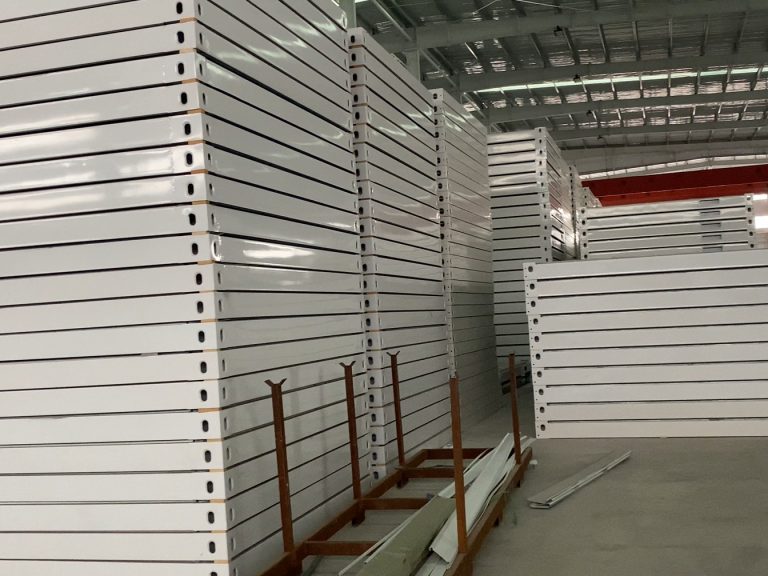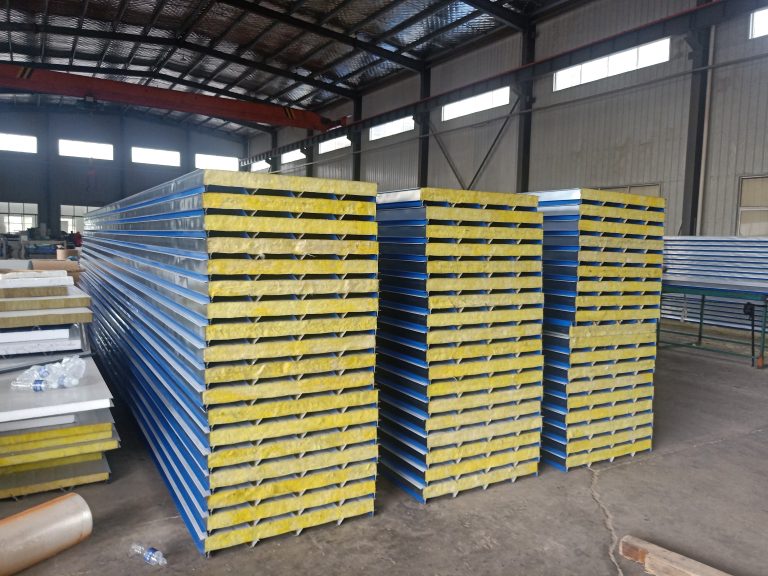Solar Panels and Breeding Sheds: A Promising Solution for Improving Agricultural Production Efficiency
Agriculture is a vital industry that plays a crucial role in feeding the world’s growing population. With the increasing demand for food, farmers are constantly looking for ways to improve their agricultural production efficiency. One innovative solution that has been gaining traction in recent years is the combination of solar panels and breeding sheds.
Solar panels have long been used to harness the power of the sun and convert it into electricity. By installing solar panels on their farms, farmers can reduce their reliance on traditional energy sources and lower their electricity bills. This not only helps farmers save money but also reduces their carbon footprint, making their operations more environmentally friendly.
Breeding sheds, on the other hand, are essential structures used for housing livestock such as cows, pigs, and chickens. These sheds provide a controlled environment for animals to breed and grow, ensuring their health and well-being. However, breeding sheds also consume a significant amount of energy for heating, cooling, and lighting, which can drive up operating costs for farmers.

By combining solar panels with breeding sheds, farmers can take advantage of the sun’s energy to power their operations more efficiently. Solar panels can be installed on the roofs of breeding sheds, providing a renewable source of electricity to meet the energy needs of the farm. This not only reduces the farm’s reliance on grid electricity but also helps offset the costs of running breeding sheds.
One of the key benefits of combining solar panels and breeding sheds is the potential for energy savings. By generating their own electricity from solar panels, farmers can significantly reduce their energy costs and improve their bottom line. This can make a big difference for small-scale farmers who are operating on tight profit margins.
In addition to cost savings, the use of solar panels can also help farmers reduce their environmental impact. Traditional energy sources such as coal and natural gas contribute to greenhouse gas emissions and air pollution, which can harm the environment and public health. By switching to solar power, farmers can reduce their carbon footprint and contribute to a cleaner, more sustainable future.
Furthermore, the combination of solar panels and breeding sheds can improve the overall efficiency of agricultural production. By using renewable energy sources, farmers can ensure a reliable and consistent power supply for their operations. This can help optimize the performance of breeding sheds, leading to healthier and more productive livestock.
Another advantage of combining solar panels and breeding sheds is the potential for additional income streams. In some regions, farmers can sell excess electricity generated by their solar panels back to the grid, earning a profit from their renewable energy production. This can provide farmers with a new source of revenue and help diversify their income sources.
Overall, the combination of solar panels and breeding sheds offers a promising solution for improving agricultural production efficiency. By harnessing the power of the sun, farmers can reduce their energy costs, lower their environmental impact, and optimize the performance of their breeding operations. This innovative approach not only benefits farmers but also contributes to a more sustainable and resilient agricultural sector.






